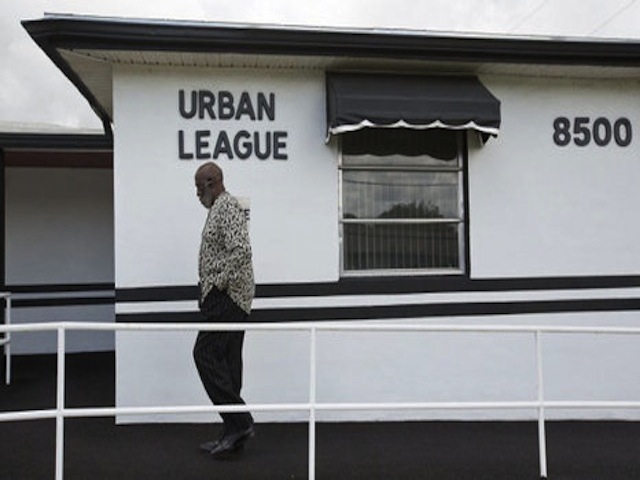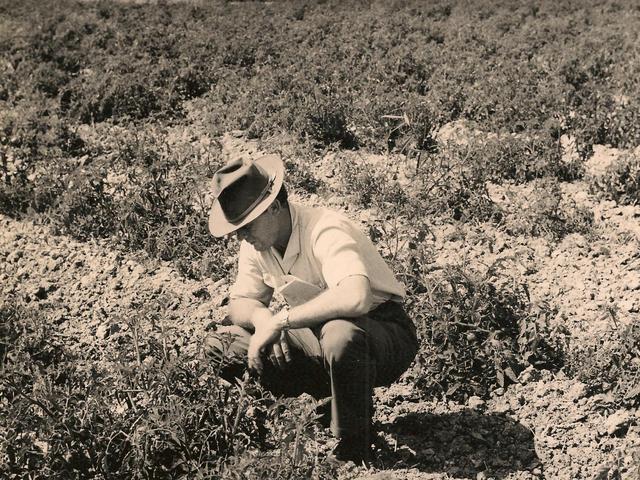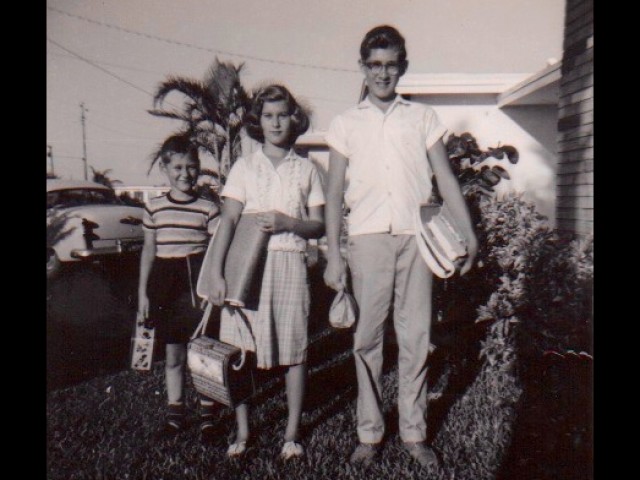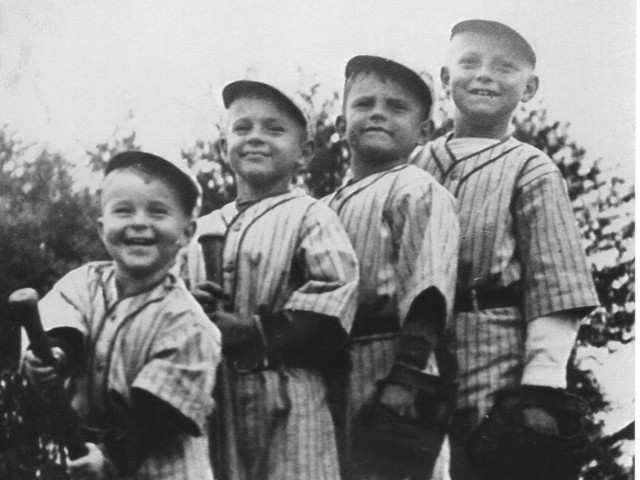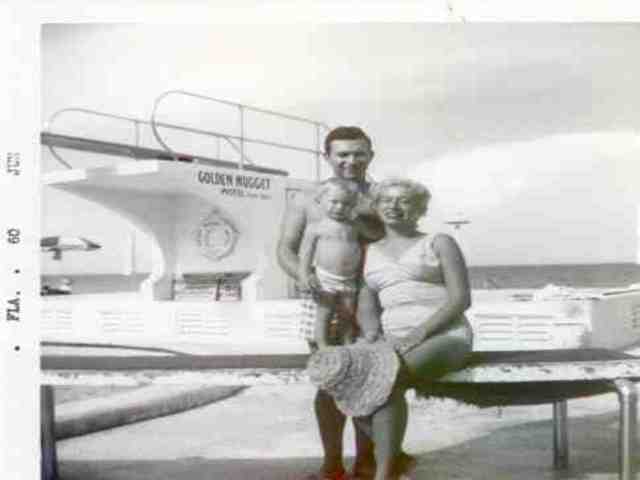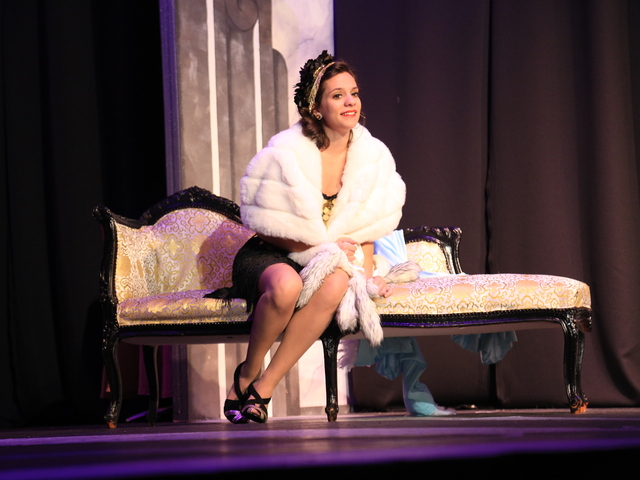My name is Sylvia Pedraza and I was born in Raymondville, Texas. My mother was born and raised in Mercedes, Texas; my whole family has lived in Texas for generations.
When I was about 6, my mother decided to follow the fruit and vegetable crop, and we worked in the fields in Homestead and South Dade.
We became migrant farmworkers. We were a family of eight, but only four of the family moved to South Florida.
My older brothers and sister went to live with my father in California, and the last four — ages 5 to 12 — went with our mother.
We traveled throughout the United States following the crop. We picked fruit and vegetables, whatever was in season at the time. I even remember picking cotton in west Texas.
We came to Homestead in 1966. We came and left and returned for the first four years until my mother decided we would no longer travel.
We lived in the South Dade Labor Camp in Homestead. That labor camp is still there.
My brother Romualdo Pedraza volunteered in the Army. My brother served in Vietnam — he actually made two tours to Vietnam.
I was 13, but I attended school only until then, as we all worked in the fields.
You could always find a job in Homestead because nature always has something in season. I picked tomatoes, squash, okra, strawberries — or I would be in the field planting or pulling weeds.
Then I started working in the packing house, where we packed mangoes, avocados and limes at J.R. Brooks and Son. I worked from 8 a.m. until 7 p.m., sometimes until 11.
After the season died down, I worked in their plant nursery, where I did everything from planting the avocado seedlings to grafting them. I also worked in other plant nurseries, and many other odds-and-ends jobs. There is always work in Homestead!
My brother returned from Vietnam and made his home in Homestead. He then moved to Naranja, where he married and raised his family.
He did landscaping, working on many of the sites you see in South Florida.
He was a very hard worker, and he knew his stuff. He loved Homestead. He passed away in 2008, and is buried in Homestead.
I went back to school, got my GED, and worked with nonprofits, helping the migrant farmworkers. I also worked at West Homestead Elementary. Then I went into nursing, and worked at various health clinics.
Hurricane Andrew took what little I had built up. Even though I had my apartment, it was not livable. My daughters, Cecilia and Venita, and I lived with a friend in Hollywood.
The commute from Hollywood to my work in South Miami-Dade was unbearable. I would leave at 6:30 a.m. and return at 7 p.m.
I had to ask for a leave of absence until I could figure out a better solution.
Dr. Sayfie took me and my girls under his wing. He gave me a job, at Safecare Medical Center, even though he wasn’t hiring.
I have been in Hallandale Beach ever since. I’ve added to my family — Justin Sr., Justin Jr., and Jayden.
I love South Florida; I love Hallandale Beach.

